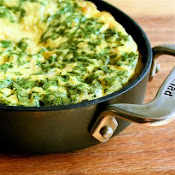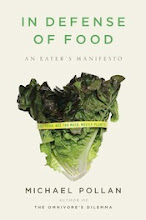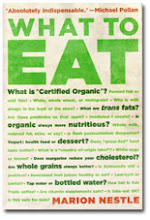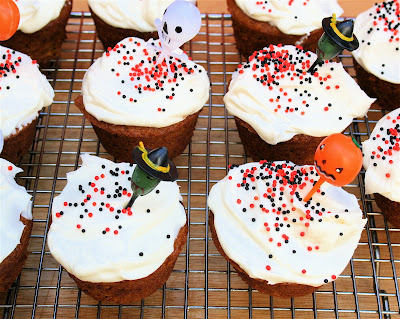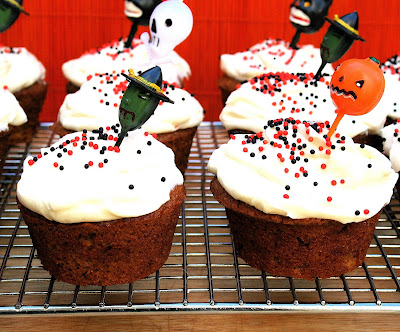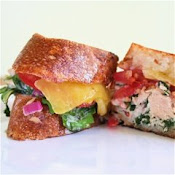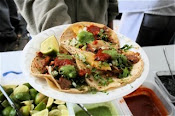And the first batch I made looked and tasted just as described: midnight-dark in color, buttery-rich in taste, sandy-textured, chocolaty, salty ... delicious! When I made them a second and third time, however, the cookies came out completely differently — thin and crisp without that sandy, grown-up character of the first batch. Still delectable, just different. Very strange. I can't explain the difference.
I have made some notes: For the first batch, I used a stand mixer; for the following two, I used a hand-held mixer. For the first batch I used parchment paper; for the following two I used a Silpat. For the first batch I used mini chocolate chips; for the second two, I used chopped bittersweet chocolate. Using Dutch process cocoa versus unsweetened cocoa powder doesn't seem to make a difference — I used Dutch process for the second batch and unsweetened for the third, and the two cookies came out nearly identical. Having the oven temperature at 325ºF, as described, seems to be important: The third batch of cookies spread less than the second batch of cookies, which baked at a higher temperature.
So, I'm a little perplexed, but nonetheless believe the recipe to be a good one. Incidentally, in her book Baking From My Home To Yours (Houghton Mifflin Company, 2006), Dorie Greenspan explains why she calls these chocolaty delights "world peace" cookies: A neighbor of hers, Richard Gold, believes a daily dose of these cookies is all that is needed to ensure planetary peace and happiness.
Also known as “World Peace” cookies
Yield = 18
1¼ C. all-purpose flour
1/3 C. unsweetened cocoa powder
½ tsp. baking soda
1 stick plus 3 tablespoons (11 tablespoons) unsalted butter, at room temperature
2/3 C. (packed) light brown sugar
¼ C. sugar
1 tsp. kosher salt or ½ tsp. fleur de sel or ¼ tsp. fine sea salt
1 tsp. vanilla extract
5 oz. bittersweet chocolate, chopped into chips, or a generous ¾ C. store-bought mini chocolate chips
Whisk the flour, cocoa and baking soda together.
Working with a stand mixer fitted with a paddle attachment, or with a hand mixer in a large bowl, beat the butter on medium speed until soft and creamy. Add both sugars, the salt and vanilla extract and beat for 2 minutes more.
Turn off the mixer. Pour in the flour, and mix just until the flour disappears into the dough — for the best texture, work the dough as little as possible once the flour is added, and don’t be concerned if the dough looks a little crumbly. Toss in the chocolate pieces and mix only to incorporate.
Turn the dough out onto a work surface, gather it together and divide it in half. Working with one half at a time, shape the dough into logs that are 1½ inches in diameter. Wrap the logs in plastic wrap and refrigerate them for at least 3 hours. (The dough can be refrigerated for up to 3 days or frozen in 1-ounce portions for up to 2 months. If you’ve frozen the dough, you needn’t defrost it before baking — just bake the cookies 1 minute longer.)
Center a rack in the oven and preheat the oven to 325º F. Line two baking sheets with parchment or silicone mats.
Bake the cookies one sheet at a time for 12 minutes — they won’t look done, nor will they be firm. Transfer the baking sheet to a cooling rack and let the cookies rest until they are only just warm, at which point you can serve them or let them reach room temperature.
Serve with milk after dinner or with morning coffee.

